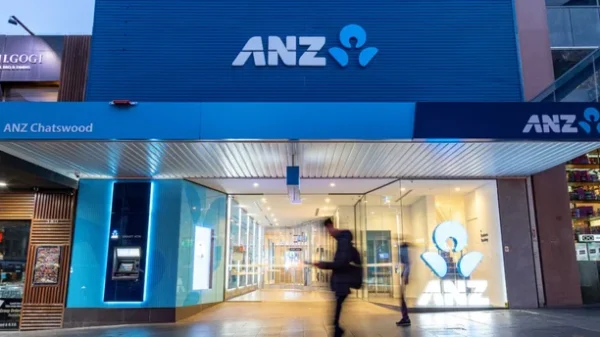Housing Market Surge: The Impact of Falling Mortgage Rates on U.S. Homebuyers
Declining Mortgage Rates Boost Demand
The U.S. housing market is witnessing a surge in demand as mortgage rates continue to decline following the Federal Reserve’s recent interest rate cuts. In an effort to stimulate economic growth and counter inflationary pressures, the Fed reduced rates by half a percentage point, making borrowing more affordable for consumers. This has led to an increase in home purchases, particularly among first-time buyers who are eager to take advantage of lower monthly mortgage payments.
Rising Property Prices Challenge Affordability
While lower mortgage rates are encouraging more people to enter the housing market, they are also contributing to rising property prices. As demand for homes increases, supply remains constrained, pushing prices higher. This creates a double-edged sword for prospective buyers: while borrowing costs are lower, the higher property values are creating significant affordability challenges, particularly in high-demand regions like California, Texas, and Florida.
First-Time Homebuyers Face Increasing Competition
First-time homebuyers are feeling the brunt of these affordability challenges. As the Federal Reserve’s rate cut lowers mortgage payments, more individuals and families are entering the market, increasing competition for available homes. Limited housing inventory has led to bidding wars in some areas, further driving up prices and making it difficult for many to secure a home within their budget. This is especially true in urban centers and suburban areas experiencing a post-pandemic population shift.
Limited Supply Exacerbates the Situation
The rise in property prices can also be attributed to the ongoing issue of limited housing supply. New construction has slowed in recent years due to labor shortages, supply chain disruptions, and rising material costs. As a result, the number of available homes has not kept pace with demand, leading to increased competition and higher prices. Existing homeowners, reluctant to sell amid uncertain economic conditions, are also contributing to the supply shortage, making it harder for buyers to find properties in desirable locations.
Refinancing Boom Amid Low Rates
In addition to homebuyers, existing homeowners are also benefiting from declining mortgage rates. Many are opting to refinance their mortgages to take advantage of lower interest rates, reducing their monthly payments or shortening their loan terms. However, this refinancing boom is contributing to the overall demand for mortgages, which could place further strain on financial institutions and potentially slow down loan processing times.
Affordability Crisis in Key Markets
The affordability crisis is most acute in major metropolitan areas, where housing prices were already high prior to the Federal Reserve’s rate cut. Cities like San Francisco, New York, and Seattle are seeing steep price increases as competition intensifies. Buyers with limited financial resources are being priced out of these markets, pushing them to consider relocating to less expensive areas or opting for smaller, less desirable homes. Even in regions where housing has historically been more affordable, such as parts of the Midwest and South, price increases are becoming a growing concern.
Future Outlook: Balancing Rates and Housing Demand
The future of the U.S. housing market largely depends on how the Federal Reserve continues to manage interest rates and the broader economy. While the current rate cuts are helping to stimulate demand, they may also contribute to an unsustainable rise in property values, further deepening the affordability crisis. Experts suggest that if supply constraints persist, housing prices will continue to climb, exacerbating the challenges faced by first-time buyers and low-to-middle-income families.
Conclusion: A Booming Market with Growing Challenges
The recent Federal Reserve rate cut has undeniably fueled a surge in the U.S. housing market, driving up demand and boosting home sales. However, this surge comes at a cost, as rising property prices are creating significant affordability challenges, particularly for first-time homebuyers. With limited housing supply and increasing competition, the market remains difficult to navigate for many prospective buyers, signaling that while mortgage rates may continue to fall, the dream of homeownership may remain out of reach for many.


































